Page 249 of 316

________________________________________________ T_ i _r_e _s_ a_n_ d_ w_ h_ e_e _ l_s __ !II
•
holding, driving characteristics, and safety of the vehicle. The table
(::::>
page 238) l ists specifications of the tires approved for the Audi
models covered by your Owner's Literature.
The tire pressure labe l located on driver's side 8 -pillar (::::>
page 238,
fig. 149) lists the specifications of the or iginal equipment tires
installed on your vehicle at the time it was manufactured.
Federal law requires tire manufac turers to place standardized infor
mation on the sidewall of a ll tires::::>
page 246, fig . 152. This informa
tion identifies and describes the fundamenta l characteristics, the
quality grade of the tire and also provides a tire identification
number for safety standard certification a nd in case of a recall.
Tire sp ec ifica tio ns
Knowledge of tire specifications makes it easier to choose the
correct tires. Radial tires have the tire specifications marked on the
sidewall, for example:
P 245 / 45 R 17 9 5 H
This contains the following information :
P Indicates the tire is for passenger cars
245 Nominal tire width in mm of the tire from sidewall edge to side-
wall edge. In general, the larger the number, the w ider the tire
45 Height/width ratio in percent (aspect ratio)
R Tire construction: Radial
17 Rim diameter code (in inches)
95 Load rating code
H Speed rating letter code
XL (or "xi", "EXTRA LOAD", or "RF") indicates that the ti re is a"Rein
forced" or an "Extra Load" tire
M+ S (or "M/S") Indicates that the tire has some mud and snow capa
bility
The tires could a lso have the information of direction of rotation
=>
page 234 .
Tire manuf acturing date
The man ufact uring date is also indicated on the tire sidewall
(possibly on ly on the
inner side of the wheel):
"DOT ... 2209 . .. " means, for example, that the tire was produced in
the 22th week of 2009.
Speed rating (letter code )
The speed rating letter code on the wheels indicates the maximum
permissible road speeds=>
& in "Winter t ires" on page 250.
P up to 93 mph (150 km/h)
Q up to 99 mph (158 km/h)
R up to 106mph(170km/h)
S up to1 10mph(180km/h)
T upto118mph(190km/h)
U up to 124 mph (200 km/h) H up to 130 mph (2 10 km/h)
V up to 149 mph (240 km/h)3>
Z over 149 mph (240 km/h)3>
W up to 168 mph (270 km/h)3>
Y up to 186 mph (298 km/h)31
Your vehic le is normally factory equipped with tires, which possess
excellent driving characteris tics and give your Audi optimum
driving comfort. An electronic speed limiter:::>
page 25will normally
prevent your vehicle from going faster than the tire speed rat ing
=> & .
U.S . DOT Tire Identifi cation Number (TIN ) and tire
m anufa ctur e date
This is the tire's "serial number" . It begins with the letters "DOT"
and indicates that the tire meets all federa l standards . The next two
numbers o r letters indicate the plant where it was manufactured,
and the last four numbers represent the week and year of manufac -
~
31
For tires with a max imum speed capab il ity over 149 mph (240 km /h) , tire
manufacturers som etimes use th e le tters "ZR ."
Vehicle care I t •
Page 250 of 316

-~_T_ ir_e_ s_ a_ n_d _ w_ h_ e_e _l_s _________________________________________________ _
ture. For example, the numbers 2209 mean that the tire was
produced in the 22th week of 2009. The other numbers are
marketing codes that may or may not be used by the tire manufac
turer. This information is used to contact consumers if a tire defect
requires a recall.
Tire ply composition and materials used
The number of plies indicates the number of layers of rubber-coated
fabric in the tire. In general, the greater the number of plies, the
more weight a tire can support. Tire manufacturers also must indi
cate the materials in the tire, which include steel, nylon, polyester,
and others .
Maximum Load Rating
This number indicates the maximum load in kilograms and pounds
that can be carried by the tire.
Tire quality grading for treadwear, traction, and
temperature resistance
Tread wear, traction and temperature grades => page 249.
Maximum Permissible Inflation Pressure
This number is the greatest amount of air pressure that should ever
be put in the tire under normal driving conditions.
Replacing tires or rims on vehicles equipped with tire
pressure monitoring system*
The wheels on your vehicle are equipped with a sensor which
constantly monitors the air pressure inside the tire, and then trans
mits this information to the tire pressure monitoring system *. If you
are going to replace the wheel rims on your vehicle, make sure the
new rims also have these sensors . The sensors must be compatible
with the tire pressure monitoring system * on your vehicle.
If the sensors are to be installed on different rims , the seal, washer ,
and valve cap for each sensor must be replaced.
If you install rims, which do not have the sensors, or have sensors
which are not compatible, then the tire pressure monitoring system* will not work properly.
In this case, the tire pressure moni
toring system * would not be able to monitor the tire pressure or
warn you if it is necessary .
• The battery inside of the tire pressure sensor has a limited
service life.
• Always drive with the valve stem caps securely mounted. We
recommend using factory installed valve stem caps. Ask your autho
rized Audi dealer to replace lost valve stem caps.
The installation of replacement tires with steel cord body plies in
the tire sidewall may cause malfunction of the tire pressure moni
toring system*, and is not recommended (cord material information
in molded on the tire sidewall) .
Always check your tire pressure monitoring system* indicator after
replacing one or more tires on your vehicle. If the tire pressure
monitoring system* indicator flashes, or is on, your system is not
working properly. Your replacement tire might be incompatible with
your tire pressure monitoring sys tem* , or some component o f the
tire pressure monitoring system* may be damaged.
& WARNING
• Using incorrect or unmatched tires and/ or wheels or improper
tire and wheel combinations can lead to loss of control, collision
and serious personal injury.
• Always use tires, rims and wheel bolts that meet the specifica
tions of original factory-installed tires or other combinations that
have been specifically approved by the vehicle manufacturer .
• Tires age even if they are not being used and can fail suddenly,
especially at high speeds. Tires that are more than 6 years old can
only be used in an emergency and then with special care and at
lower speeds.
• Never mount used tires on your vehicle if you are not sure of
their "previous history." Old used tires may have been damaged
even though the damage cannot be seen that can lead to sudden
tire failure and loss of vehicle control. .,_
Page 251 of 316

________________________________________________ T.:......... ir--=e :....:s:......: a--=n..:.. d.::..:..... w..:....:.... h :....:..:e:....:e:..: 1-=s :...__IJlll
•
& W ARNING (continu ed )
• All four wheels must be fitted with radial tire s of the same type ,
s ize (rolling cir cumference ) and the same tread pattern . Driv ing
with different t ires redu ces vehicle h andling and can lead to a loss
of contro l.
• If the spare tire is not the same a s the tires that are mounted
on the vehicle -for e xample with winter tires -only use the spare
tire for a short period of time and dr ive with extra c are . Refit the
norm al road wheel as soon as safely possible .
• Never drive faster than the maximum speed for which the tires
on your vehicle are rated because tires that are driven faster than
their rated speed can fail suddenly .
• Overloading tires cause heat build-up , sudden tire failure ,
including a blowout and sudden deflation and loss of control.
• Temperature grades apply to t ires that are properly inflated and
not over or underinflated .
• For te chnical reasons it is not always possible to use wheels
from other vehicles -in some cases not even wheels from the
same vehicle model.
• If you install wheel trim discs on the vehicle wheels , make sure
that the air flow to the brakes is not blo cked . Redu ced airflow to
the brakes can them to overheat , in creasing stopp ing distances
and causing a collision .
• Run flat tires may only be u sed on vehicle s that were equipped
with them at the fa ctory . The vehicle must have a chassis de signed
for run flat tires and a factory -installed tire pressure monitoring
system* that indicates a loss of tire pressure. In correct use of run
flat tires can lead to vehicle damage or accidents . Check w ith an
autho riz ed Audi dealer or tire specialist to see if your vehicle can
be equipped with run flat tires . If run flat tires are used, they must
be installed on all four wheel s. Mixing tire types is not permitted .
0 Note
• For techn ica l reaso ns, it is not genera lly poss ib le to use t he
whee l rims from other vehicles. This can hold true fo r wheels of the
same vehicle type .
• I f the s pare t ire is d ifferent from the tires that you have mounted
on your vehicle ( fo r example win te r ti res or wide p rofile tires), then
use the spa re tire for a short period of time on ly and drive with extra
care. Replace t he flat tir e w ith the tire matching the others o n your
vehic le as soon as possib le.
• If you s hould put different whee ls a nd tires on your ve hic le (e.g.
winter wheels and tires), you must be certain that the whee ls and
t ires are co mpa tibl e w ith the tire pressure mon itor in g syste m*.
Otherwise the system w ill reg ister a malfunction and a fault
m essage w ill be d isplayed . For more info rma tion, co ntact your Aud i
dea ler.
0 Note
• When installing new tires, be careful not to damage the va lves or
tire p ressu re m on itoring system senso rs* .
• N ever drive without the valve stem cap. The valves could get
da mage d.
• I f the sensors must be replaced, then the valve must also be
r eplaced at the same time.
ci> For the sake of the environment
Dis p ose o f old tir es in acco rdance with the local requ ireme nts .•
Uniform tire quality grading
• Tread wear
• Traction AA A B C
• Temperature A B C
Vehicle care
I t •
Page 252 of 316

-~_T_ ir_e_ s_ a_ n_d _ w_ h_ e_e _l_s _________________________________________________ _
Quality grades can be found where applicable on the tire side wall
between tread shoulder and maximum section width
=> page 246,
fig. 152.
For example: Tread wear 200, Traction AA, Temperature A.
All passenger car tires must conform to Federal Safety Require
ments in addition to these grades .
Tread wear
The tread wear grade is a comparative rating based on the wear rate
of the tire when tested under controlled conditions on a specified
government test course .
For example, a tire graded 150 would wear one and one half (1 1/2)
times as well on the government course as a tire graded 100 .
The relative performance of tires depends upon the actual condi
tions of their use, however, and may depart significantly from the
norm due to variations in driving habits, service practices and differ
ences in road characteristics and climate.
Traction
The traction grades, from highest to lowest, are AA, A, Band C .
Those grades represent the tire's ability to stop on wet pavement as
measured under controlled conditions on specified government
test surfaces of asphalt and concrete. A tire marked C may have
poor traction performance
=> &.
Temperature
The temperature grades are A (the highest), B, and C, representing
the tire's resistance to the generation of heat and its ability to dissi
pate heat when tested under controlled conditions on a specified
indoor laboratory test wheel.
Sustained high temperature can cause the material of the tire to
degenerate and reduce tire life, and excessive temperature can lead
to sudden tire failure=>& .
The grade C corresponds to a level of performance which all
passenger car tires must meet under the Federal Motor Vehicle Safety
Standard No. 109. Grades Band A represent higher levels of
performance on the laboratory test wheel than the minimum
required by law.
& WARNING
The traction grade assigned to this tire is based on straight-ahead
braking traction tests, and does not include acceleration,
cornering, hydroplaning or peak traction characteristics.
& WARNING
The temperature grade for this tire is established for a tire that is
properly inflated and not overloaded. Excessive speed, underinfla
tion, or excessive loading, either separately or in combination, can
cause heat buildup and possible tire failure. •
Winter tires
Winter tires can improve vehicle handling on snow and
ice. At temperatures below 45 °F (7 °C) we recommend
changing to winter tires.
In some heavy snow areas, local governments may require true
winter or "snow" tires, those with very deeply cut tread. These tires
should only be used in pairs and be installed on all four wheels.
Make sure you purchase snow tires that are the same size and
construction type as the other tires on your vehicle.
I f your vehicle is equipped with all-wheel drive *, this will improv e
traction during winter driving, even with the standard tires.
However, we strongly recommend that you always equip all four
wheels on your vehicle with correctly fitted winter tires or all-season
tires, when winter road conditions are expected. This also improves
the vehicle's braking performance and reduces stopping distances.
Summer tires provide less grip on ice and snow.
Page 253 of 316

Tires and wheels -
----------------
•
Winter tires (snow tires) must a lways be fitted o n all four whee ls.
C om patible ti re p ressu re monito rin g sen so rs must be instal led on
a ll four wint er tires for the tire pr essure mon itor ing system* to func
tion proper ly =>
page 24 8.
As k you r auth orize d Aud i deal er or qua lifie d wo rksho p for per mitte d
winter tire sizes . Use only radial winter tires.
W in te r t ires lose the ir effec tive ness when the t read i s w or n do wn to
a depth of 0. 157 inch (4 mm).
On ly dr ive with w inter tires under winter conditions. Summer tires
h and le be tter when the re is no s now o r ice o n the roads and t he
temperature is above 45 °F (7 °C).
I f yo u have a flat t ire, see n otes on spa re w heel =>
page 246 .
Please a lwa ys reme mbe r tha t w inte r tires may h ave a lowe r speed
rating than the tires origi nally instal led on you r vehic le at t he time
i t was manu fac tur ed. P leas e se e=>
page 247, "S pee d rati ng (lett er
code)" for a list ing of the speed rating lette r codes and the
m axi mu m speed at w hich th e tire s ca n be dr ive n.
T he speed rating letter code(=>
page 237) is on the side wa ll of the
t ir e =>
page 246.
& WARNING
Winter tires have maximum speed limits that may be lower than
your vehicle's maximum speed . Always know the maximum speed
before driving off . Never drive faster than the speed permitted for
your specific winter tires . This will cause damage to the tires
leading to an accident and serious personal injury to you and your
passengers .
& WARNING
Driving faster than the maximum speed for which the winter tires
on your vehicle were designed can cause tire failure including a
blowout and sudden deflation , loss of control , crashes and serious
& WARNING (continued )
personal injuries . Have worn or damaged tires replaced immed i
ately.
• Winter tires have maximum speed rating that may be lower
than your vehicle' s maximum speed.
• Never drive faster than the speed for which the winter or other
tires installed on your vehicle are rated .
& WARNING
Always adjust your driving to the road and traffi c conditions .
Never let the good acceleration of the winter tires and all -wheel
drive tempt you into taking extra risks. Always remember :
• When braking, an all -wheel drive vehicle handles in the same
way as a front drive vehicle .
• Drive carefully and reduce your speed on icy and slippery roads,
even winter tires cannot help under black ice conditions .
ci' For the sake of the environment
Use summer tires when weather conditions permit. They are
q ui ete r, d o not wear as quickl y a nd re duc e fu el cons ump tion. •
Snow chains
Sno w chains may be fitted o nly to t he fro nt whe els, a nd o nly to
certain tire sizes . Ask your authorized Audi dealer on which tire
s iz es sn ow c hain s ca n be use d.
I f you are going to use snow chains, then you must install them on
the front wheels at least .
The s now chains must have l ow- pro file links a nd must n ot be thick er
than 0.53 inc h (13.5 mm), including the lock . .,_
Vehicle care I t •
Page 254 of 316

-Tires and wheels
P'tr:1-------------------
Remove wheel center covers and trim discs befor e putting snow
ch ain s on y our ve hic le ~
(D. For sa fe ty rea sons c over ca ps m us t
th en be fitted over the wheel bo lts. These ar e avai lable from autho
rized Audi deale rs.
& WARNING
Using the wrong snow chains for your vehicle or installing them
incorrectly can increase the risk of loss of control leading to
serious personal injury.
• Snow chains are available in different sizes . Always make sure
to follow the instructions provided by the snow chain manufac
turer .
• When driving with snow chains never drive faster than the
speed permitted for your spec ific snow chains.
• Always observe local regulations.
0 Note
• Remove s now c hains befo re driv ing on roads no t cove re d w it h
snow to avoid damag ing tires and wearing the snow chains down
un nece ss aril y.
• Snow chains, whic h come into direct contact with the wheel rim,
can scratch or da mag e it. There fo re , m ake sure t hat th e s now ch ai ns
a re s uitably covered. Check the position of the snow chains after
dr ivin g a few yar ds a nd correct if ne cessary . Fo ll ow the in struc tions
from t he snow cha in manufacturer when do ing so.
[ i ] Tips
Where snow chains are mandatory on certain roads, this normal ly
a ls o ap plies to vehicle s w ith All W hee l Dr ive.•
Wheel bolts
W heel bo lts mu st a lways be ti ghte ned to t he corr ect
t o rq ue .
The design of wheel bolts is matched to the facto ry instal led rims . If
diff eren t rim s are fitt ed, t he cor rect w heel bol ts with the r ig ht le ngth
and correctly shaped bolt heads must be used. This ensures that
w hee ls a re fitted securely and t hat t he brake sys te m funct io ns
correctly.
In cer tain ci rc u ms tances, yo u may no t use whee l b olt s fro m a
different vehicle -even if it is the same model~
page 295.
& WARNING
Improperly tightened or maintained wheel bolts can become loose
causing loss of control, a collision and serious personal injury .
• Always keep the wheel bolts and the threads in the wheel hubs
clean so the wheel bolts can turn easily and be properly tightened .
• Never grease or oil the wheel bolts and the threads in the wheel
hubs. They can become loose while driving if greased or oiled,
even if tightened to the specified torque.
• Only use wheel bolts that belong to the rim be ing installed.
• Never use different wheels bolts on your vehicle.
• Always maintain the correct tightening torque for the wheel
bolts to reduce the risk of a wheel loss .
If the tightening torque of
the wheel bolts is too low , they can loosen and come out when the
vehicle is moving. If the tightening torque is too high, the wheel
bolts and threads can be damaged and the wheel can become
loose .
0 Note
The specified torq ue for the wheel bolts is 9 0 ft lb (120 Nm) with a
t o lerance of± 7,4 f t lb (± 10 N m). To rque w hee l bo lt s d ia g ona lly .
After chang ing a wheel, the torque must be checked as soon as
~
Page 255 of 316

Tires a nd wh eels -
----------------
•
possible with a torque wrench -preferably by an authori zed Audi
dea ler or qua lified workshop. •
Low aspect ratio tires
Your Audi is factory-equipped with low aspect ratio tires. These t ires
have been thorough ly tested and been selected specifically for your
model for their superb performance , road feel and hand ling under
a variety of driving conditions . Ask your authorized Audi dealer for
more deta ils.
The low aspect rat io of these t ires is indicated by a numera l of
5 5 or
les s
in the tire's si ze designation. The numeral represents the ratio
of the tire's sidewa ll height in relation to its tread wid th expressed
in perc entage. Conv entiona l tires have a h eight/width ratio of 60 or
more .
The p erform an ce of lo w-aspe ct-r a tio tire s is pa rti cula rly sen siti ve to
improp er inflation pre ssure . It i s ther efore important that low
a spect ratio tir es are inflat ed to the sp ec ified pre ssure and th at the
i nflation pr es su re is regularl y checked and mainta ined . Tire pr es
s ure s should be che cked at le ast once a month and alw ay s before a
long tr ip :::;, page
247, "Checking tire pressure".
What you can d o to av oid tire and rim d amage
Low aspect ratio tires can be damaged more easi ly by impact with
potholes, curbs, gul lies or r idges on the road, particularly i f the t ire
is underinflated.
In order to min imize the occurrence of impact damage to the tires
of your vehicle , we recommend that you observe the following
precautions:
• Always maintain recommended inflat ion pressures . Check your
tire pressure every 2 ,000 miles (3,000 km) and add air if necessary.
• Drive carefully on roads with potholes , deep gullies or ridges.
The impact from driving through or over such obstacles can
damage your t ires. Impact with a curb may also cause damage to
your tires . •
After any impact , immediately inspect your tires or have them
inspected by the neares t authorized Audi dea ler . Replace a
damaged tire as soon as possib le.
• Inspec t you r tires every 2,000 miles (3,000 km) for damage and
wear . Damage is not always easy to see. Damage can lead to loss of
air and underin flation, which cou ld eventua lly cause tire fai lure. If
you be lieve that a tire may have been damaged , replace the tire as
soon as possible .
• These tires may wear more quickly than others.
• Please also remember that, while these tires de liver responsive
handling, they may ride less comfortably and make more noise than
other choices.
R edu ced p erform an ce in w int er/c old sea son
c ondition s
All tires are designed for c ertain purposes . The low aspect ratio,
ultra h igh performance tires origina lly instal led o n your vehic le are
intended for maximum dry and wet road performance and hand ling.
They are no t sui table for cold, snowy or icy weather conditions . If
you drive under those circumstances , you should equip your vehic le
with al l- season or winte r ti res, which offer better tract ion under
those conditions . We suggest you use the recommended snow or
all -season tires specified for your vehicle, or their equiva lent.
Refer to:::;,
page 250 for more de tai led information regarding winter
tires. •
Tire pressure monitoring system
Applies to vehi cles : with tire p ressu re mon itori ng sy stem
General notes ....J
Each t ire, including the spare (if p rovided), should be checked
month ly when co ld and inflated to the inflation pressure recom
mended by the vehicle manufacturer on the vehicle placa rd or tire
inf la tion pressure label. ( If your vehicle has tires of a different s ize _,.
Vehicle care I t •
Page 256 of 316

-~_T_ ir_e_ s_ a_ n_d _ w_ h_ e_e _l_s _________________________________________________ _
than the size indicated on the vehicle placard or tire inflation pres
sure label, you should determine the proper tire inflation pressure
for those tires.)
As an added safety feature, your vehicle has been equipped with a
tire pressure monitoring system* (TPMS) that illuminates a low tire
pressure telltale when one or more of your tires is significantly
under-inflated. Accord ingly, when the low tire pressure te lltale illu
minates, you should stop and check your tires as soon as possible,
and inflate them to the proper pressure. Driving on a significantly
under -inflated tire causes the tire to overheat and can lead to tire
failure . Under -inflation also reduces fuel efficiency and tire tread
life, and may affect the vehic le's handling and stopping ability.
Please note that the TPMS is not a substitute for proper tire mainte
nance, and it is the driver's responsibi lity to maintain correct tire
pressure, even if under -inflation has not reached the level to trigger
il lumination of the TPMS low tire pressure te lltale.
Your vehicle has also been equipped with a TPMS ma lfunction indi
cator to indicate when the system is not operating properly . The
TPMS malfunction indicator is combined with the low tire pressure
telltale. When the system detects a malfunction, the tellta le wi ll
flash for approximately one minute and then remain continuously illuminated. This sequence wil l continue upon subsequent vehicle
start -ups as long as the malfunction exists .
When the ma lfunction indicator is illuminated, the system may not
be able to detec t or signal low tire pressure as intended. TPMS
malfunctions may occur for a variety of reasons, including the
installat ion of replacement or a lternate tires or wheels on the
vehicle that prevent the TPMS from functioning properly . A lways
check the TPMS malfunction tellta le after replacing one or more
tires or whee ls on your vehicle to ensure that the rep lacement or
a lternate tires and wheels al low the TPMS to continue to function
proper ly .•
Ap plies to vehi cles : w it h tire pr ess ure monit oring sy ste m
Introduction
The tire pressure monitoring system* monitors air pres
sure in all four road wheels while the vehicle is moving.
As soon as the tire pressure monitoring system* senses a signifi
cant loss of air pressure in one or several tires, text messages and
yel low symbols appear in the instrument cluster disp lay to alert the
driver. The ) warning light in the instrument cluster comes on
when the tire is significantly underinflated
:::> page 17 .
The warning light Cl' also i lluminates in the case of a system
malfunction.
Be aware that tire pressure is a lso dependent on the temperature of
the tire. For every 18
°F (10 °C) increase in tire temperature, tire pres
sure increases by about 1.5 psi (0 .1 bar). The tire warms up while the
vehic le is moving and tire pressure rises. So you should adjust tire
pressure only when they are
cold, when the temperatu re of the t ires
is roughly the same as the ambient air temperature .
I n order to keep the tire pressure monitoring system * properly ca li
brated, tire pressure on all four tires shou ld be checked at regu lar
intervals, adjusted if necessary and saved in the proper setting
(recommended pressure)
:::> page 256 .
The tire pressure is shown on the label located on the driver's side
B -pillar (visible when the door is open) .
& WARNING
• When the tire pr essure monito ring system * wa rning light i s lit ,
on e or more of your t ires is s ignific antl y under -infl ated . You should
s top and ch eck your tire s as soon as possible , and inflat e th em to
the p rope r pr ess ure as indi cated on th e vehi cle' s tire pre ssure
lab el
:::> pag e 23 8. Driv ing on a sig nific antly under -inflated t ire
ca uses the ti re to overhe at and can le ad to tir e fai lure . Unde r-infl a
tio n also is likel y to imp air the vehi cle 's handlin g and stopping
a bility . .,
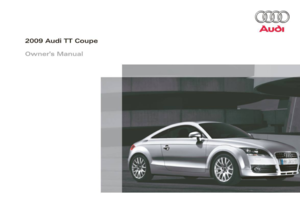 1
1 2
2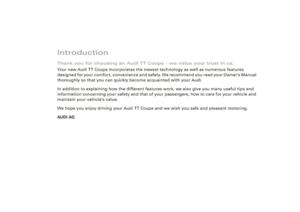 3
3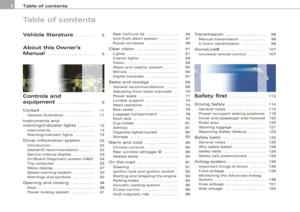 4
4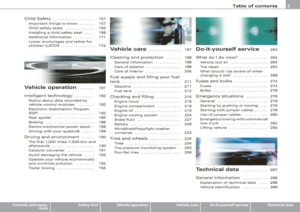 5
5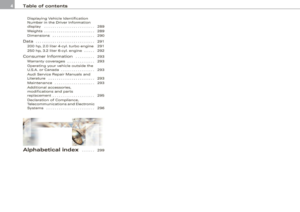 6
6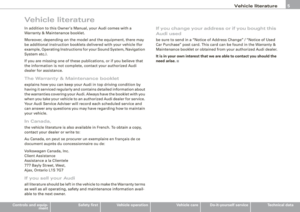 7
7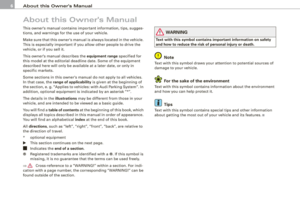 8
8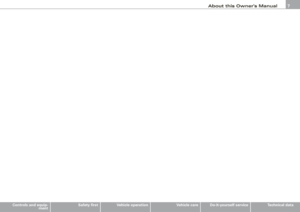 9
9 10
10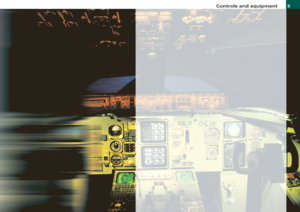 11
11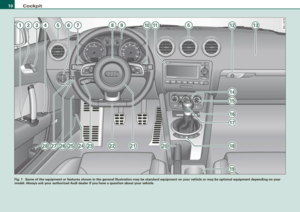 12
12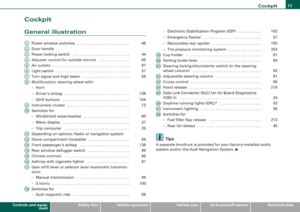 13
13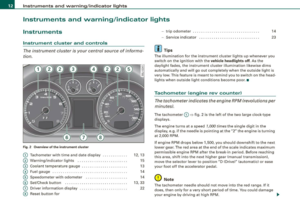 14
14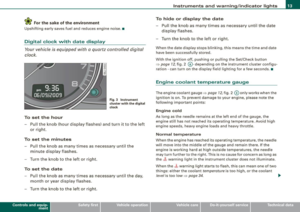 15
15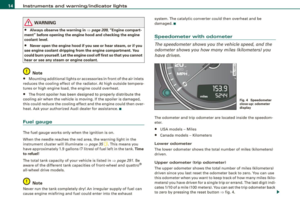 16
16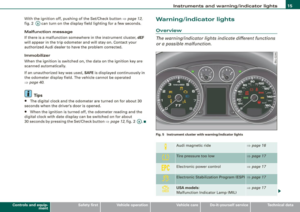 17
17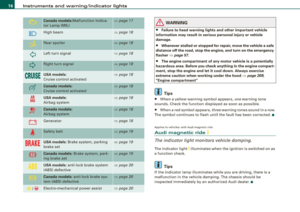 18
18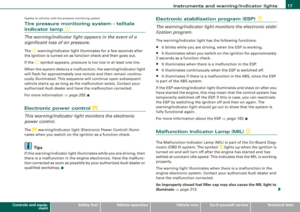 19
19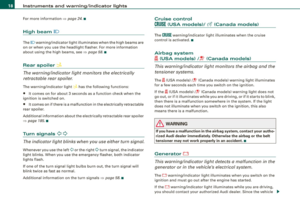 20
20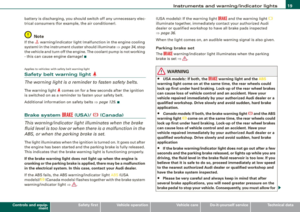 21
21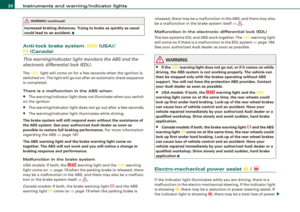 22
22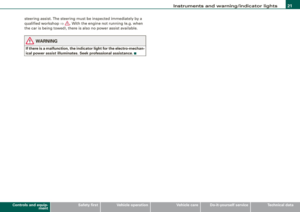 23
23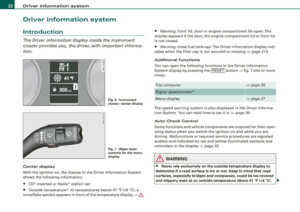 24
24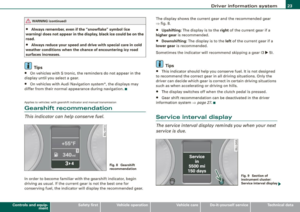 25
25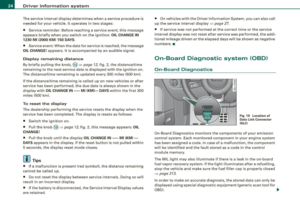 26
26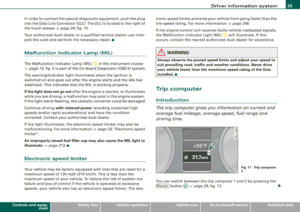 27
27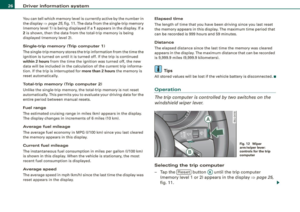 28
28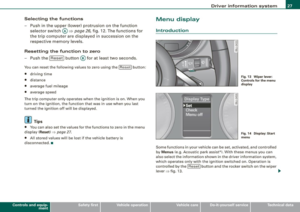 29
29 30
30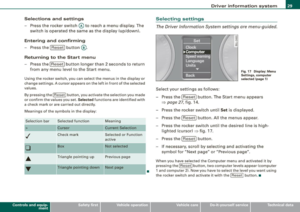 31
31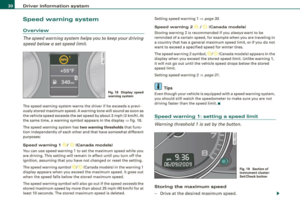 32
32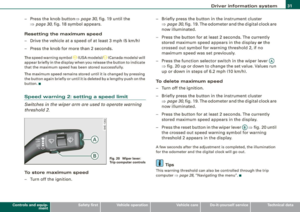 33
33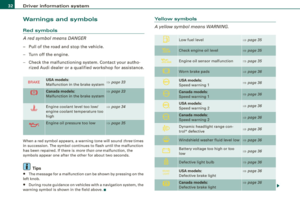 34
34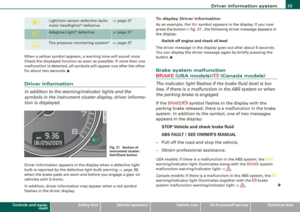 35
35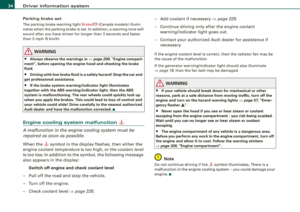 36
36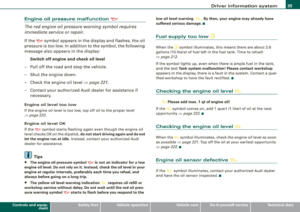 37
37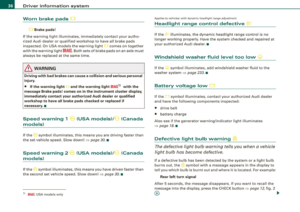 38
38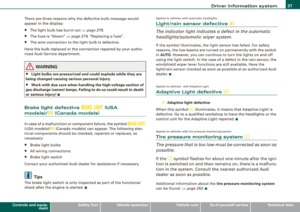 39
39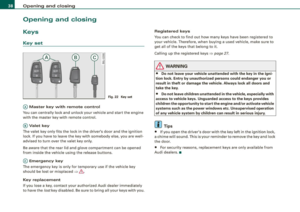 40
40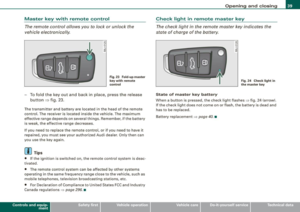 41
41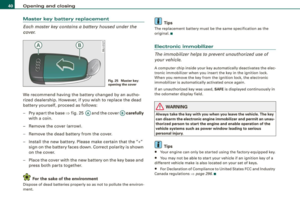 42
42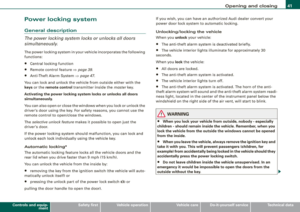 43
43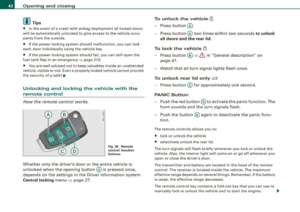 44
44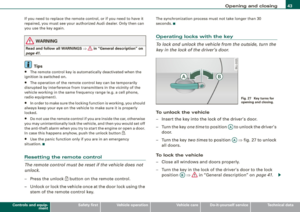 45
45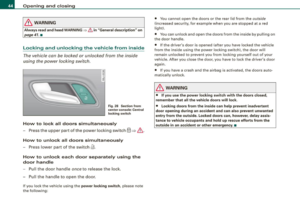 46
46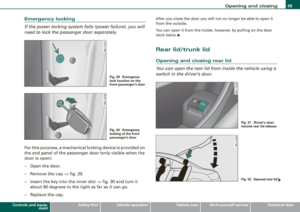 47
47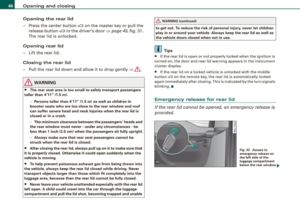 48
48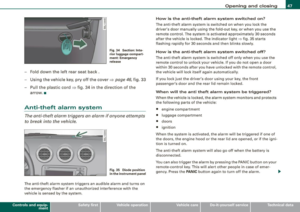 49
49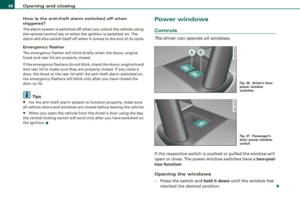 50
50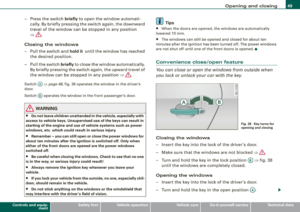 51
51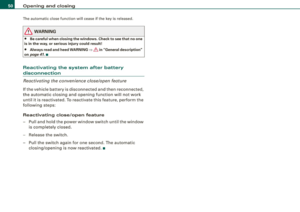 52
52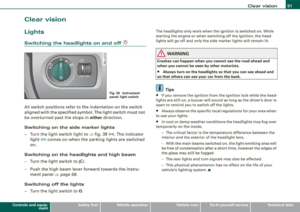 53
53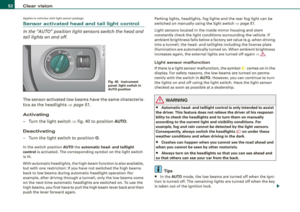 54
54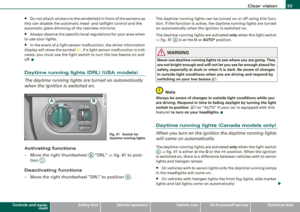 55
55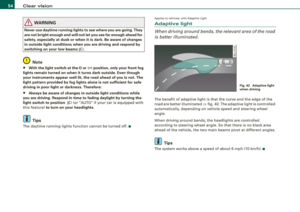 56
56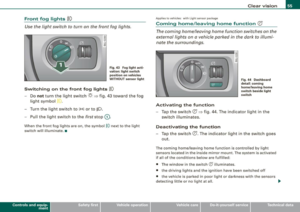 57
57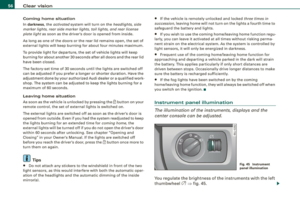 58
58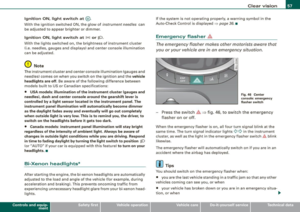 59
59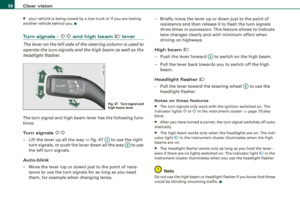 60
60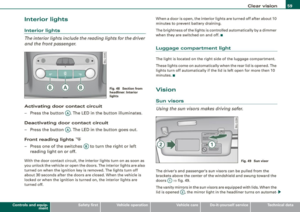 61
61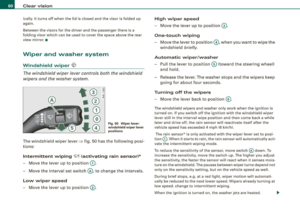 62
62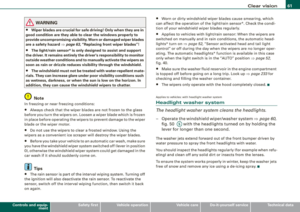 63
63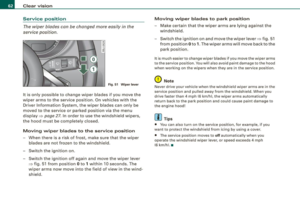 64
64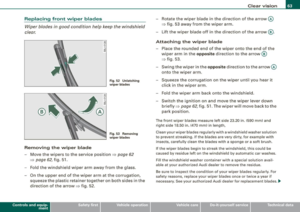 65
65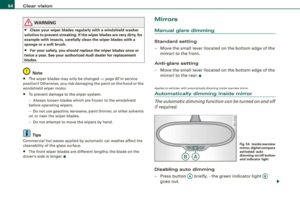 66
66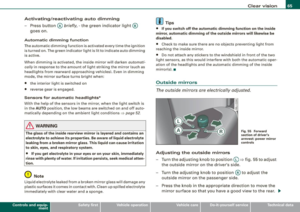 67
67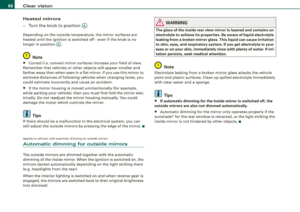 68
68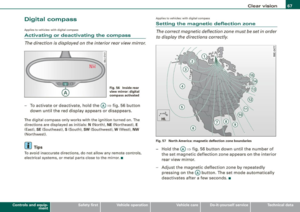 69
69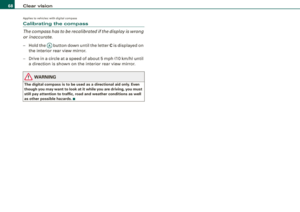 70
70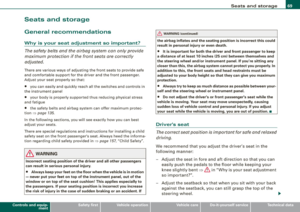 71
71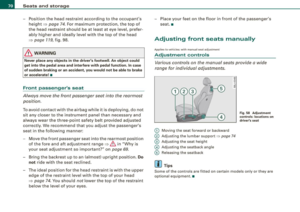 72
72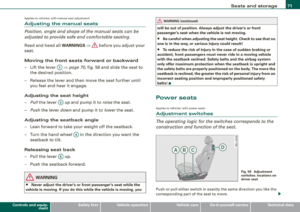 73
73 74
74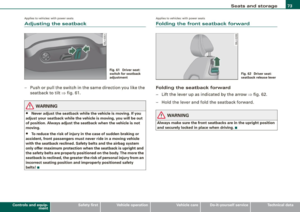 75
75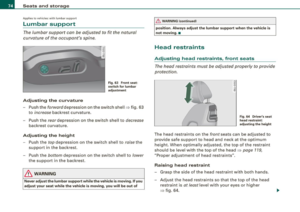 76
76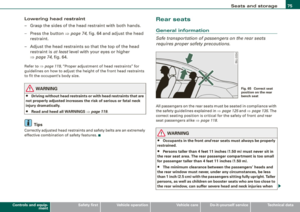 77
77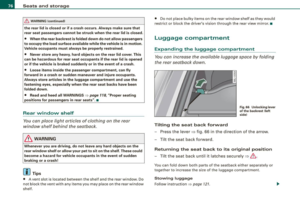 78
78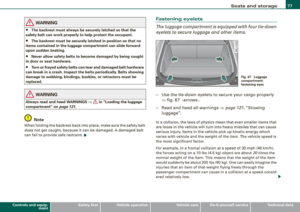 79
79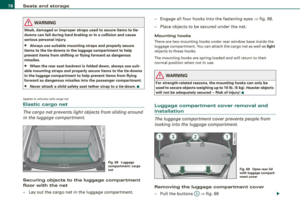 80
80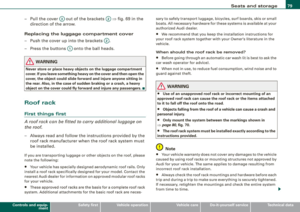 81
81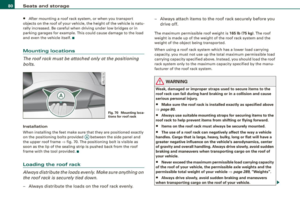 82
82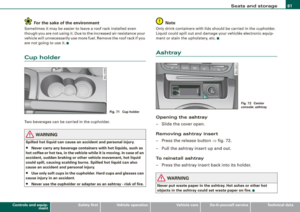 83
83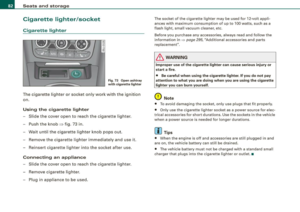 84
84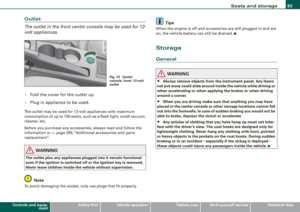 85
85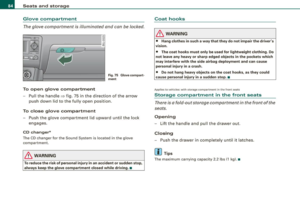 86
86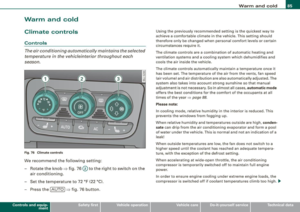 87
87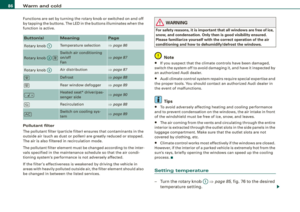 88
88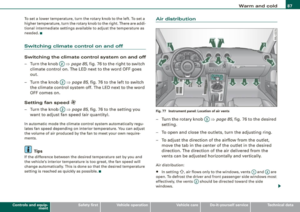 89
89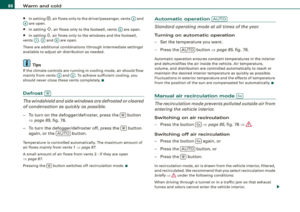 90
90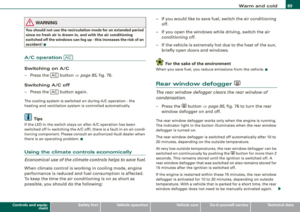 91
91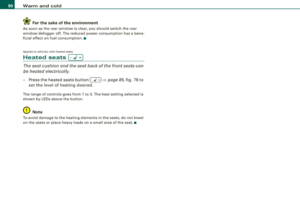 92
92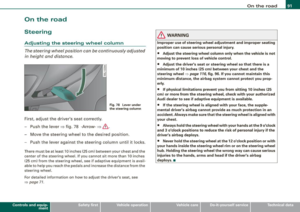 93
93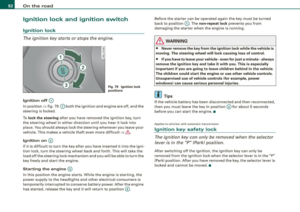 94
94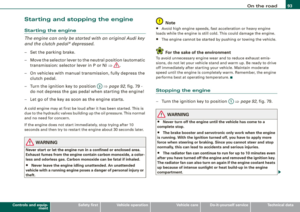 95
95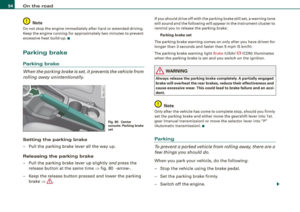 96
96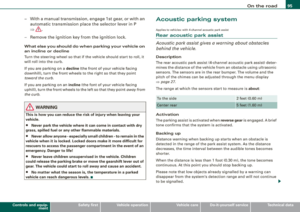 97
97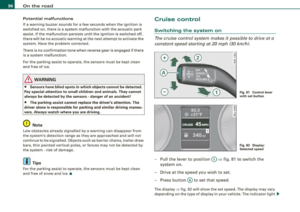 98
98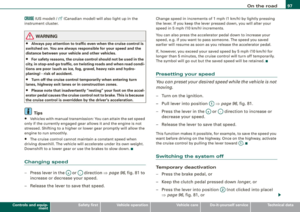 99
99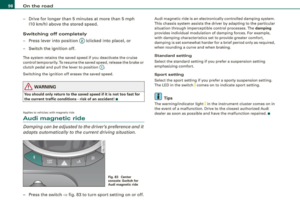 100
100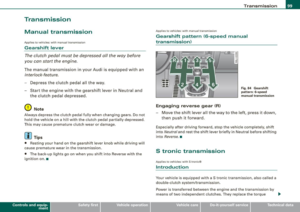 101
101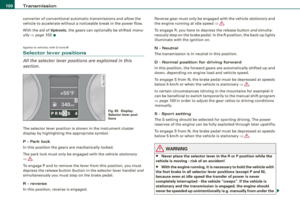 102
102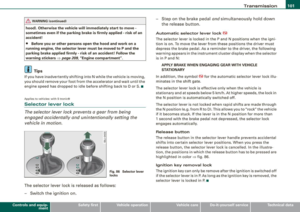 103
103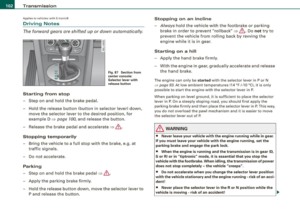 104
104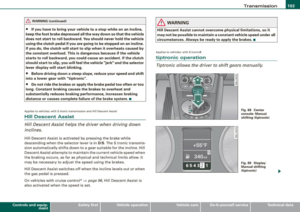 105
105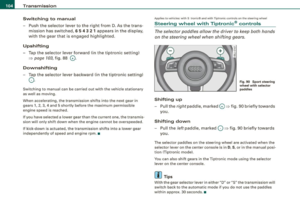 106
106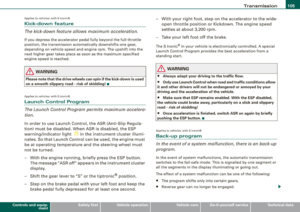 107
107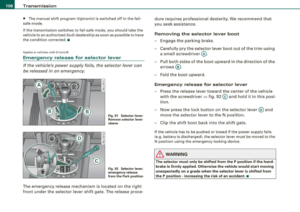 108
108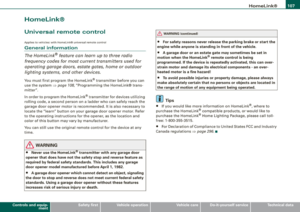 109
109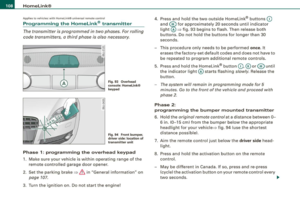 110
110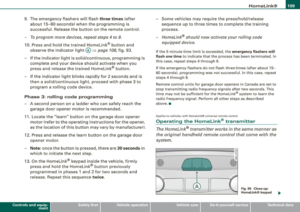 111
111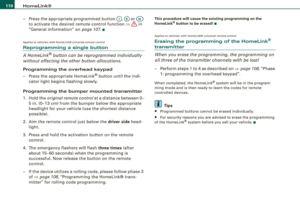 112
112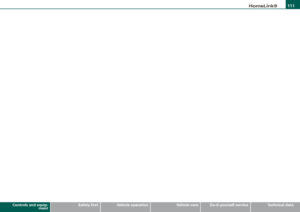 113
113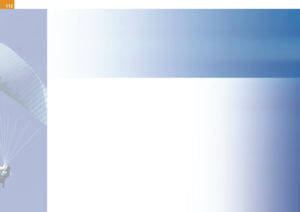 114
114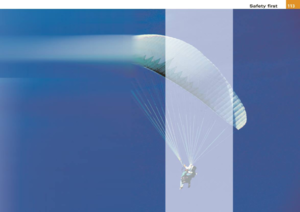 115
115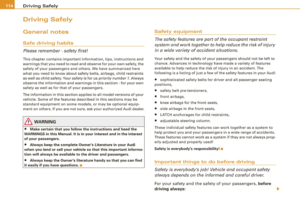 116
116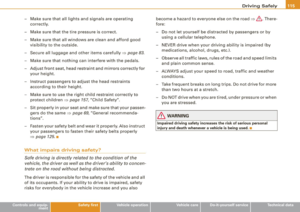 117
117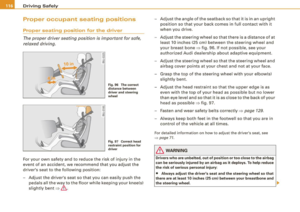 118
118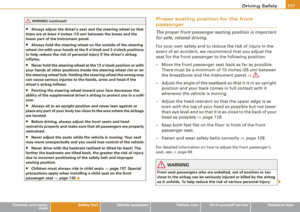 119
119 120
120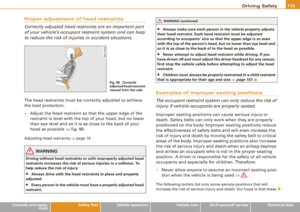 121
121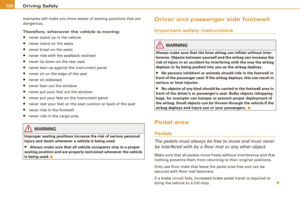 122
122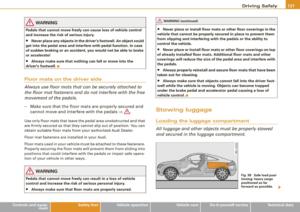 123
123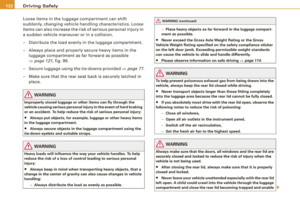 124
124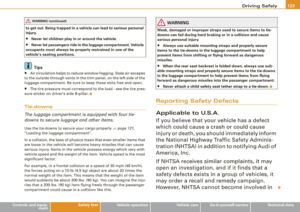 125
125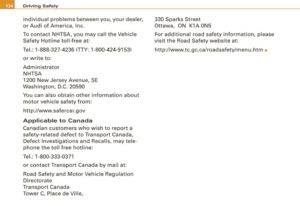 126
126 127
127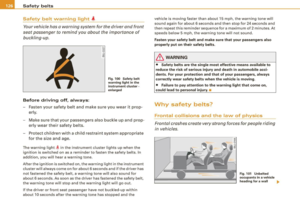 128
128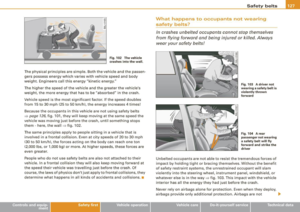 129
129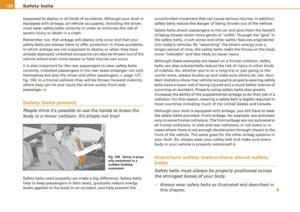 130
130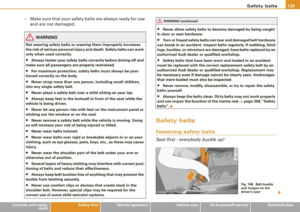 131
131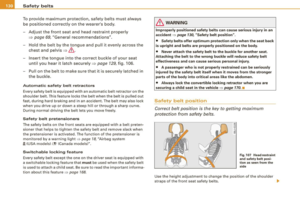 132
132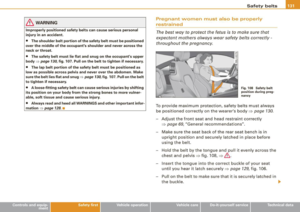 133
133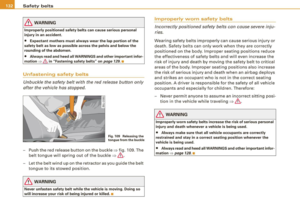 134
134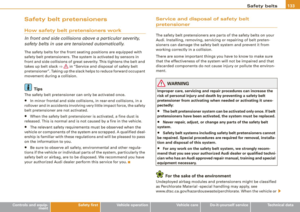 135
135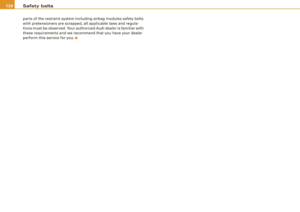 136
136 137
137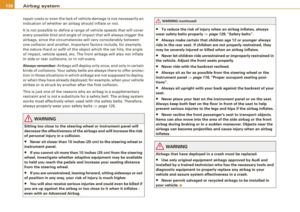 138
138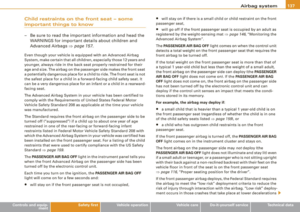 139
139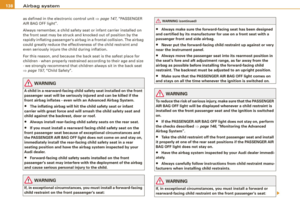 140
140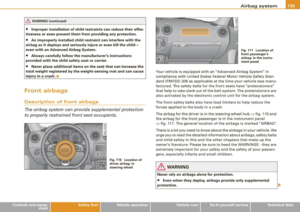 141
141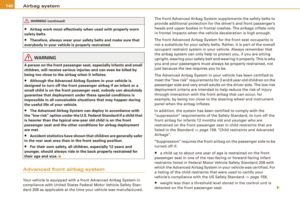 142
142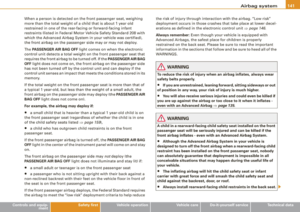 143
143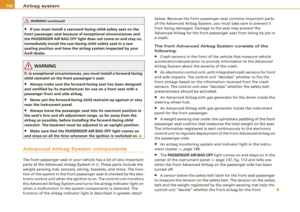 144
144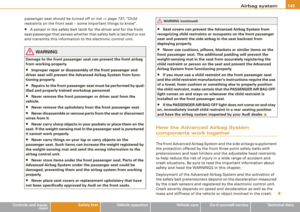 145
145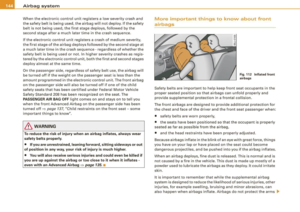 146
146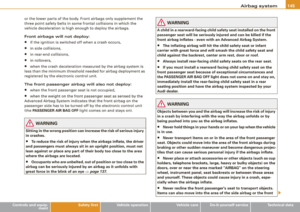 147
147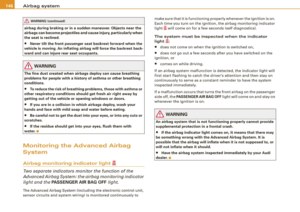 148
148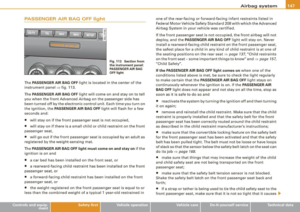 149
149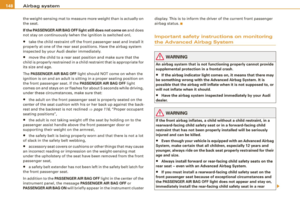 150
150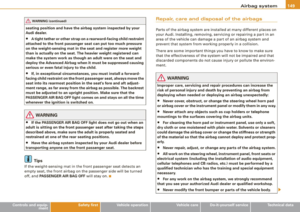 151
151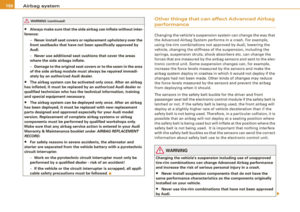 152
152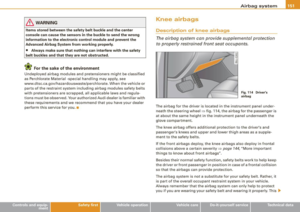 153
153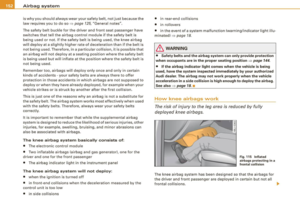 154
154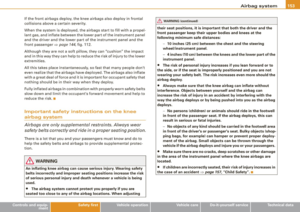 155
155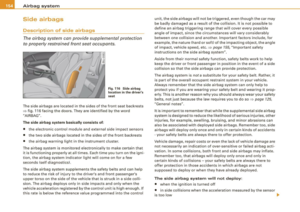 156
156 157
157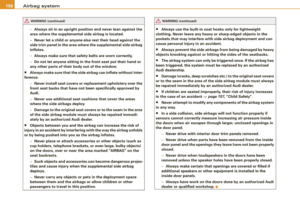 158
158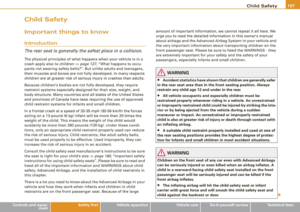 159
159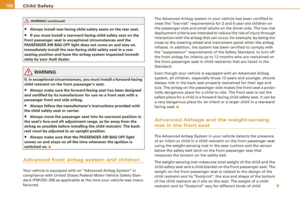 160
160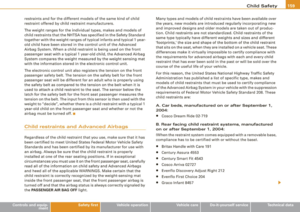 161
161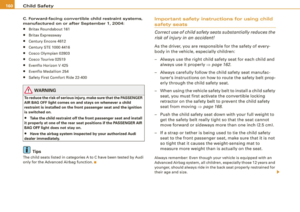 162
162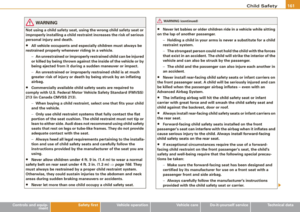 163
163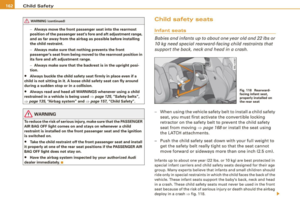 164
164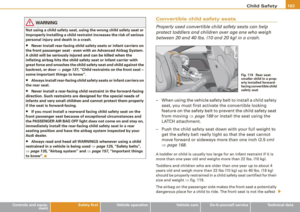 165
165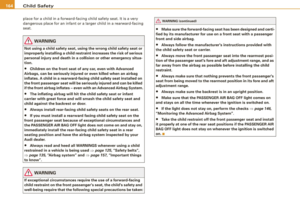 166
166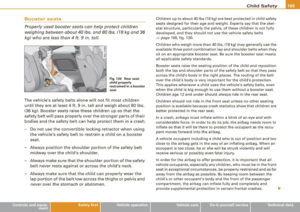 167
167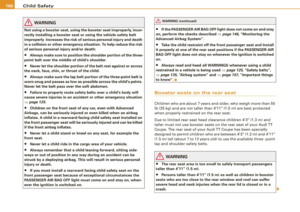 168
168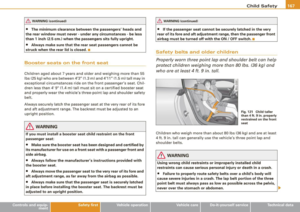 169
169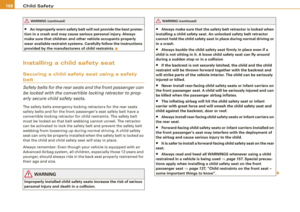 170
170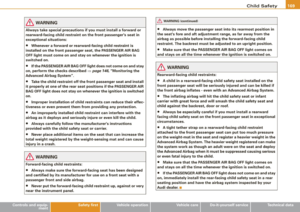 171
171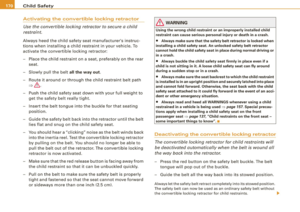 172
172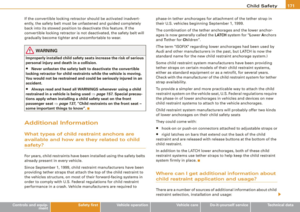 173
173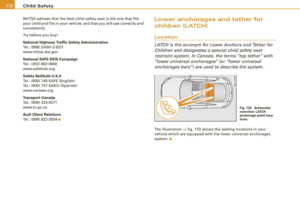 174
174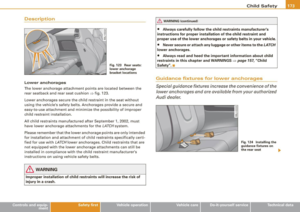 175
175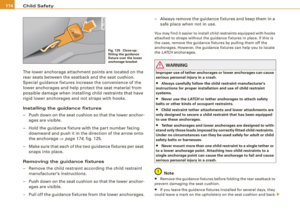 176
176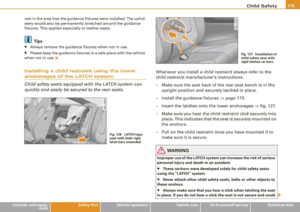 177
177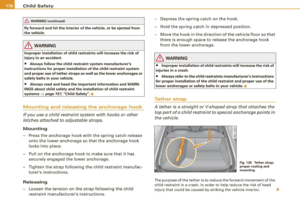 178
178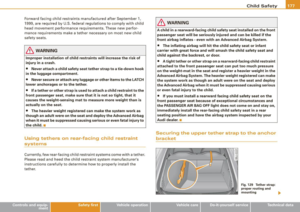 179
179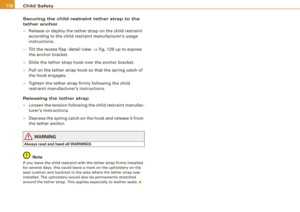 180
180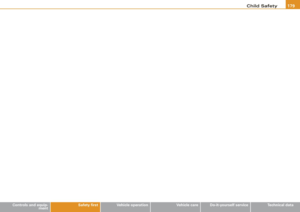 181
181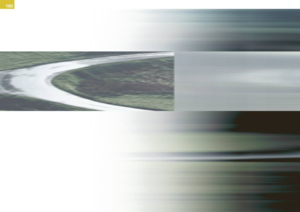 182
182 183
183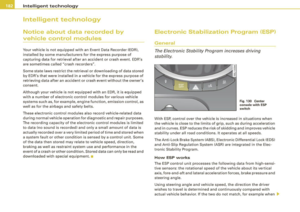 184
184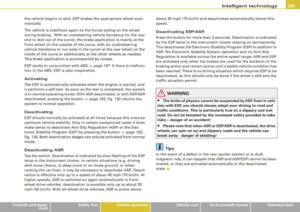 185
185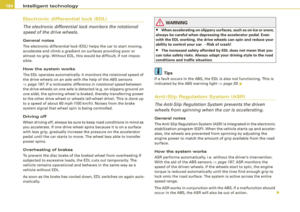 186
186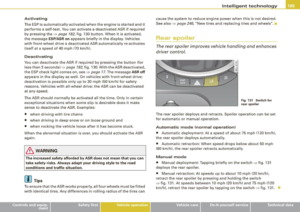 187
187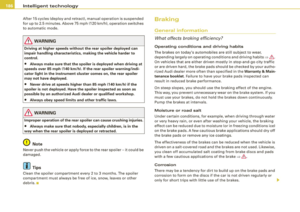 188
188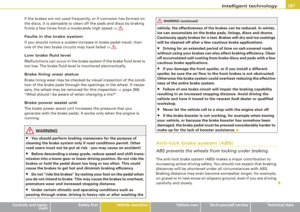 189
189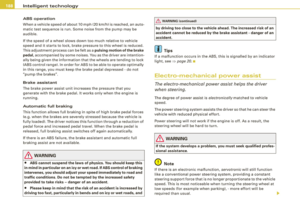 190
190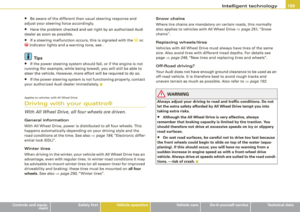 191
191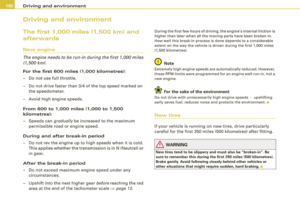 192
192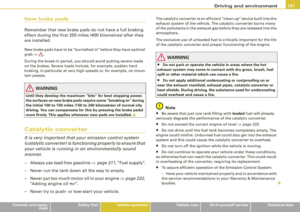 193
193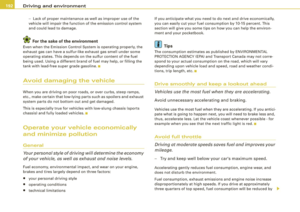 194
194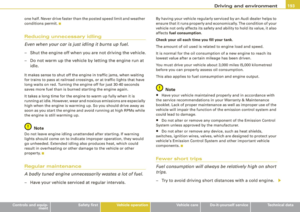 195
195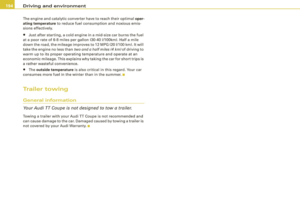 196
196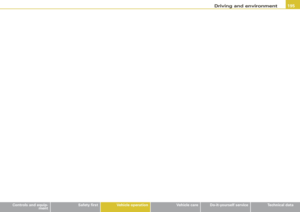 197
197 198
198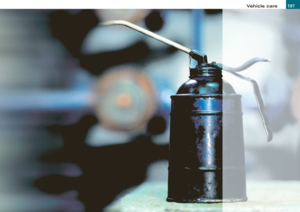 199
199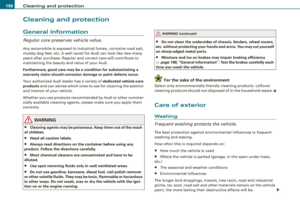 200
200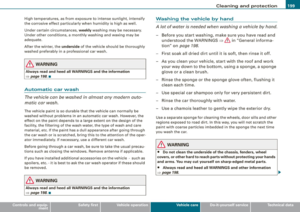 201
201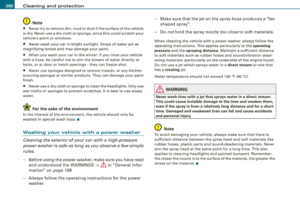 202
202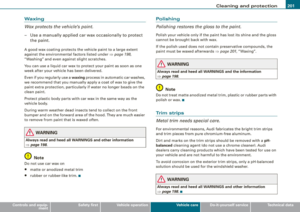 203
203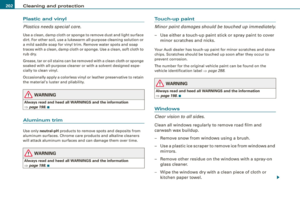 204
204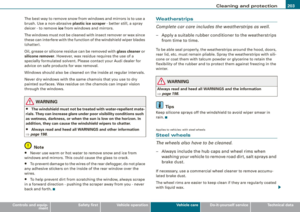 205
205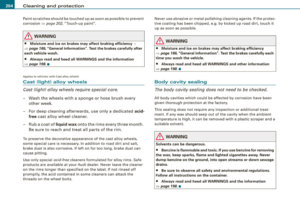 206
206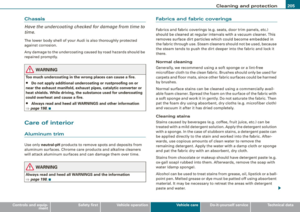 207
207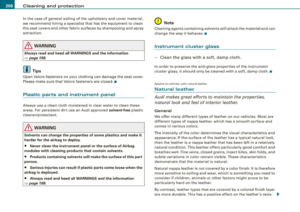 208
208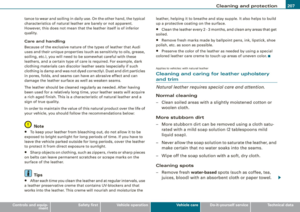 209
209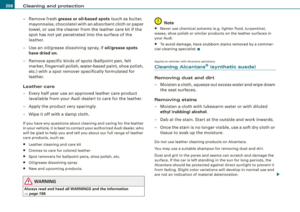 210
210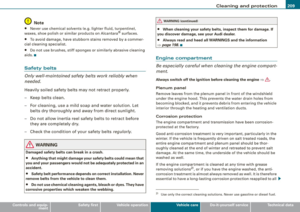 211
211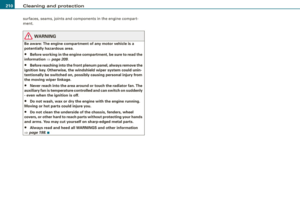 212
212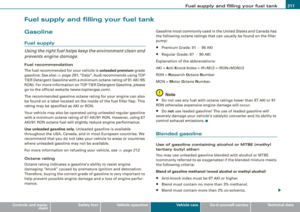 213
213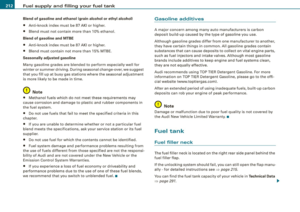 214
214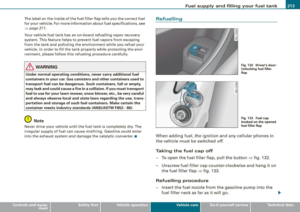 215
215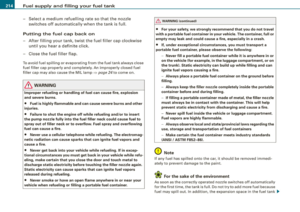 216
216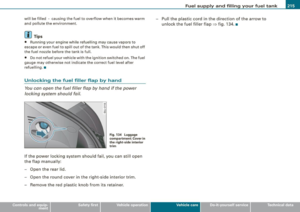 217
217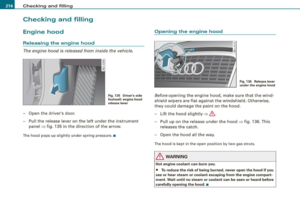 218
218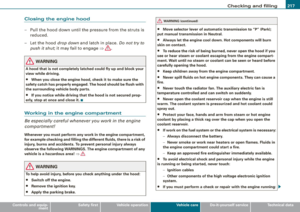 219
219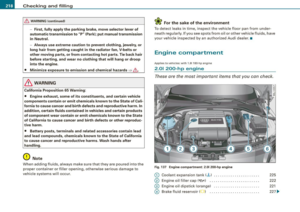 220
220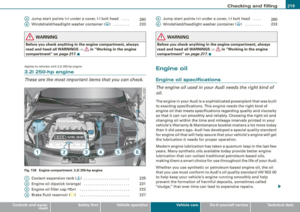 221
221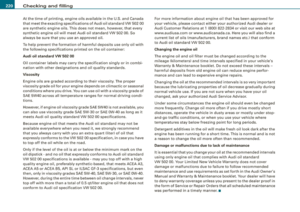 222
222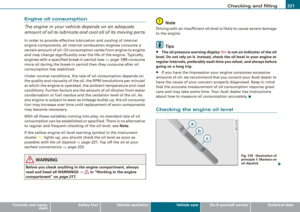 223
223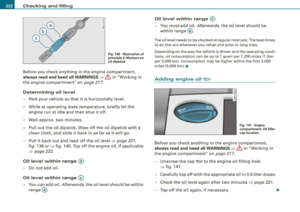 224
224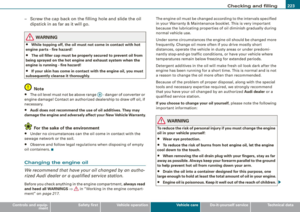 225
225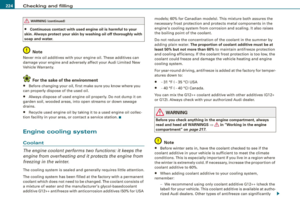 226
226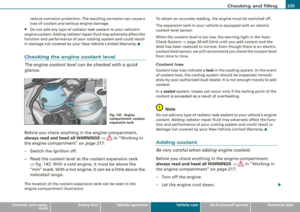 227
227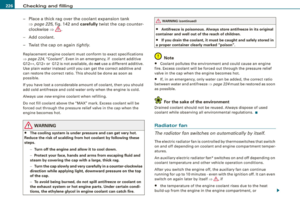 228
228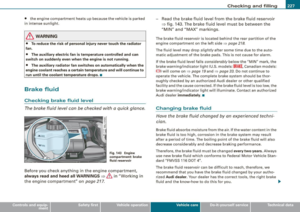 229
229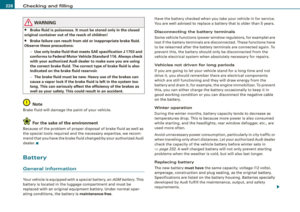 230
230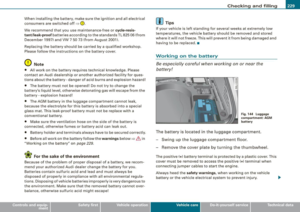 231
231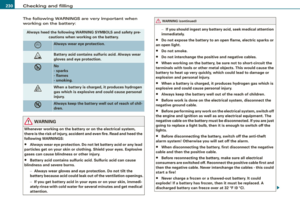 232
232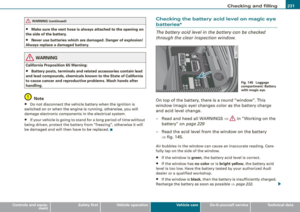 233
233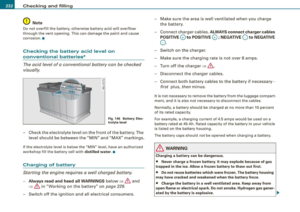 234
234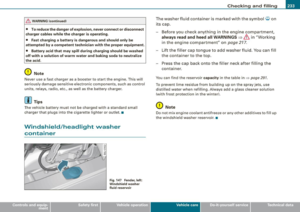 235
235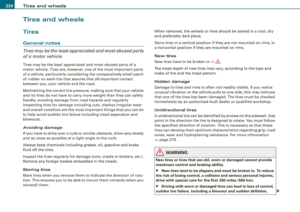 236
236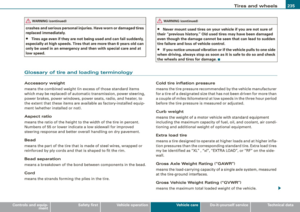 237
237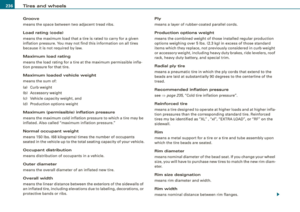 238
238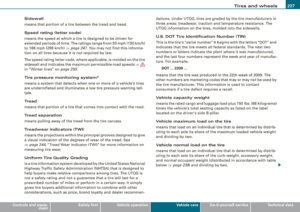 239
239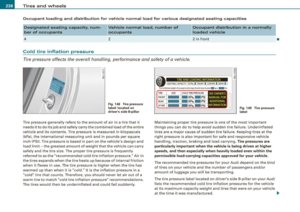 240
240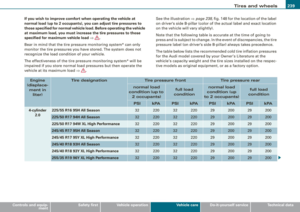 241
241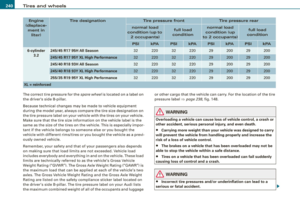 242
242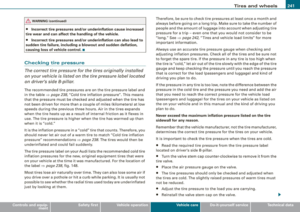 243
243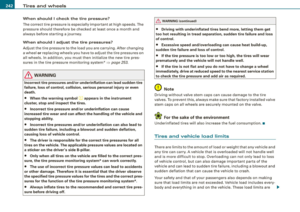 244
244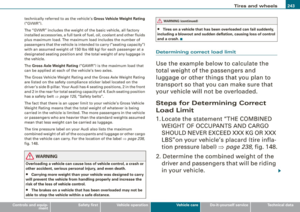 245
245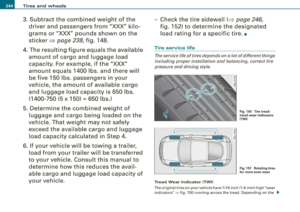 246
246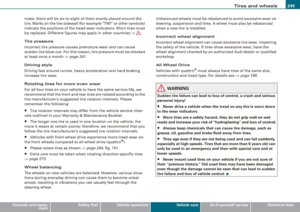 247
247 248
248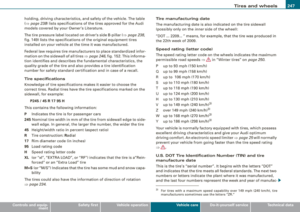 249
249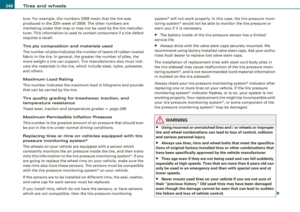 250
250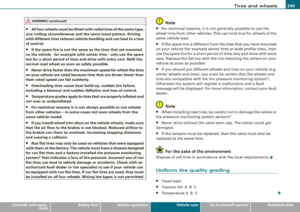 251
251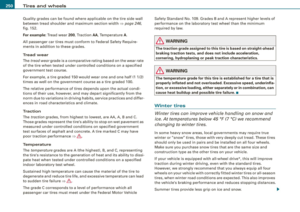 252
252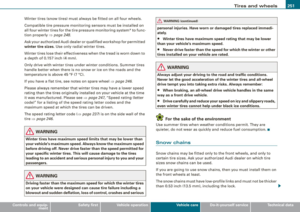 253
253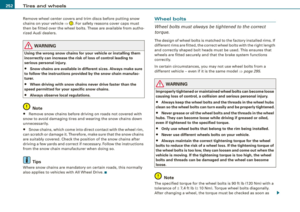 254
254 255
255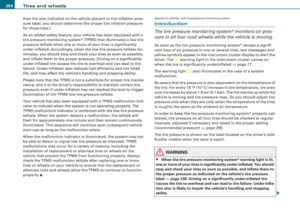 256
256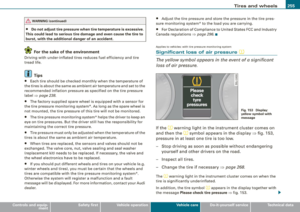 257
257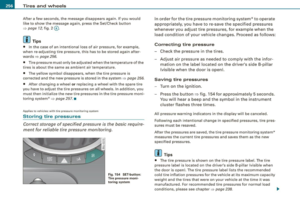 258
258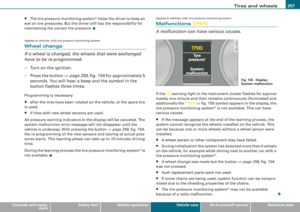 259
259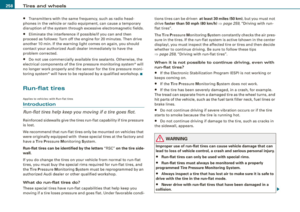 260
260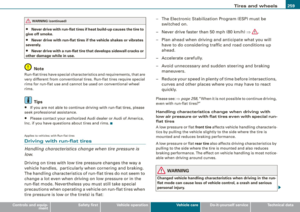 261
261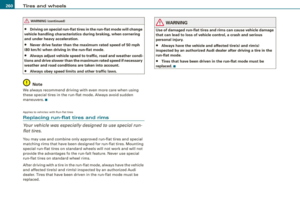 262
262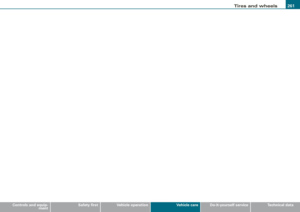 263
263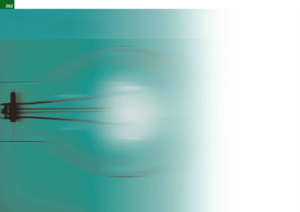 264
264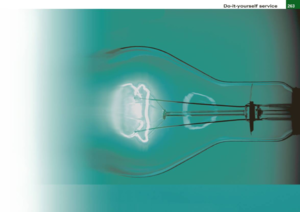 265
265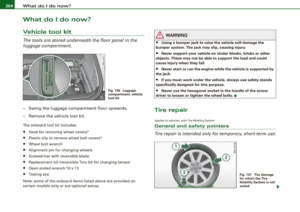 266
266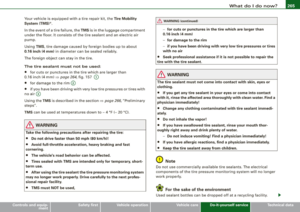 267
267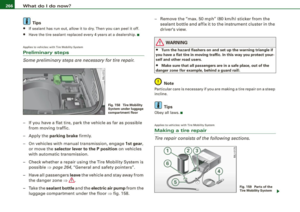 268
268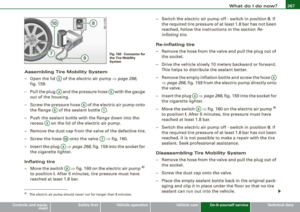 269
269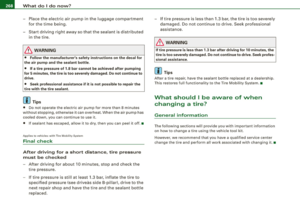 270
270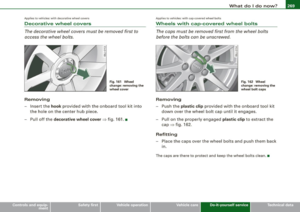 271
271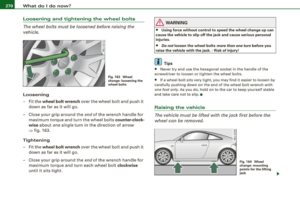 272
272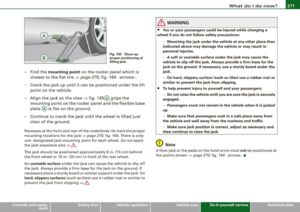 273
273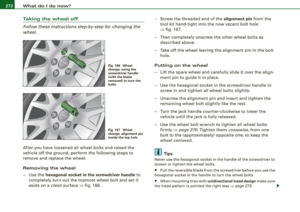 274
274 275
275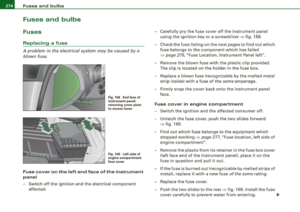 276
276 277
277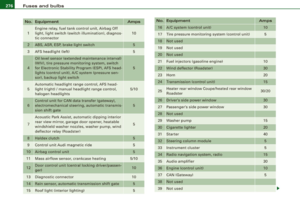 278
278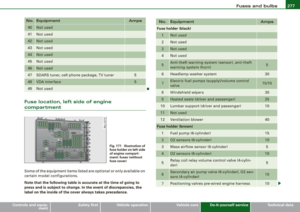 279
279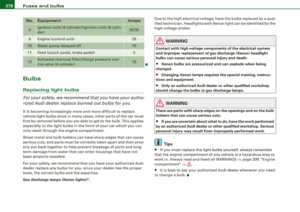 280
280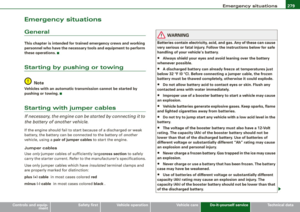 281
281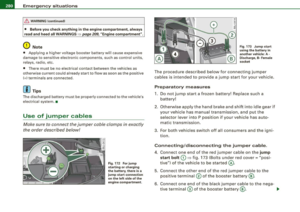 282
282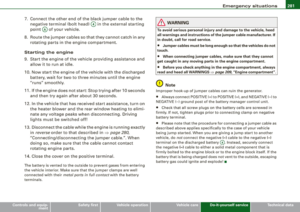 283
283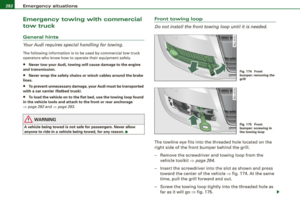 284
284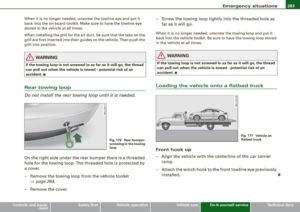 285
285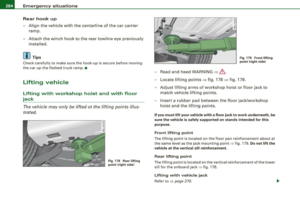 286
286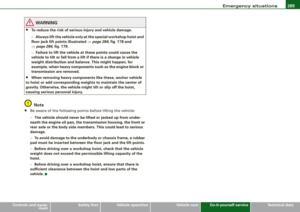 287
287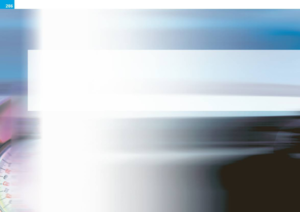 288
288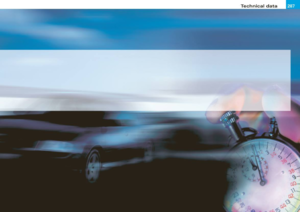 289
289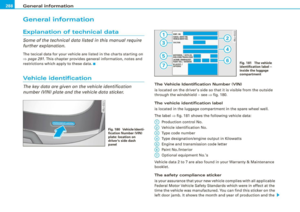 290
290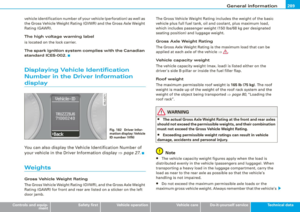 291
291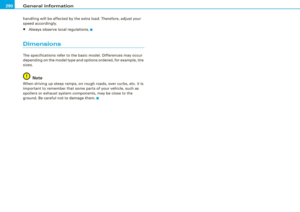 292
292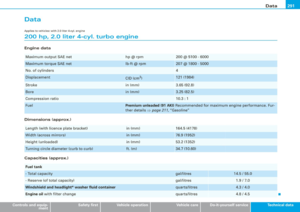 293
293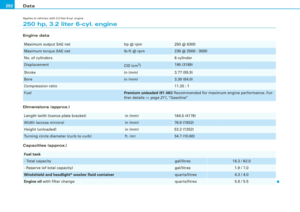 294
294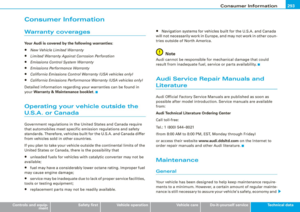 295
295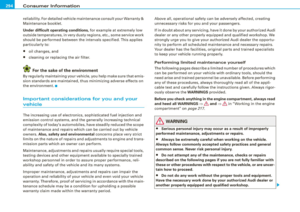 296
296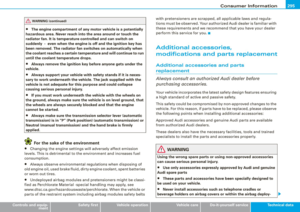 297
297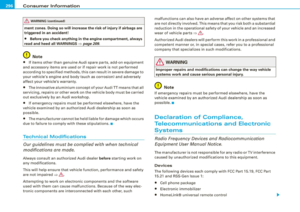 298
298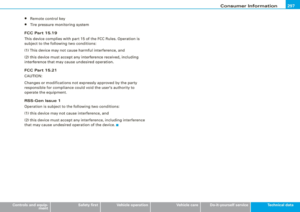 299
299 300
300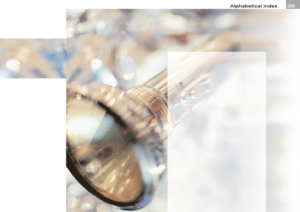 301
301 302
302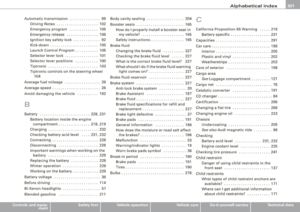 303
303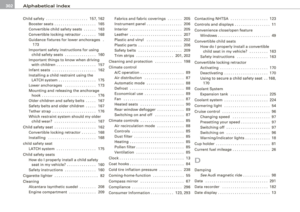 304
304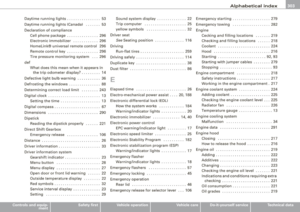 305
305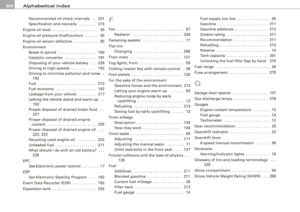 306
306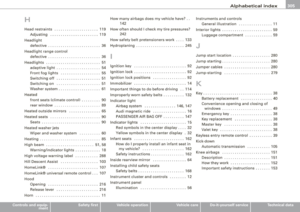 307
307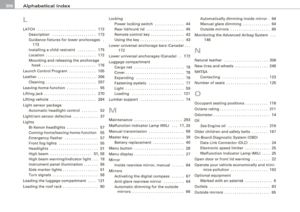 308
308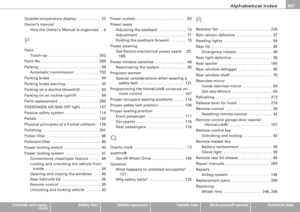 309
309 310
310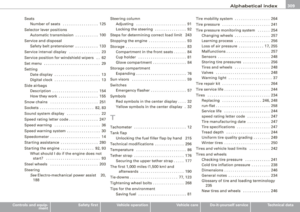 311
311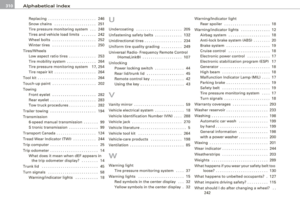 312
312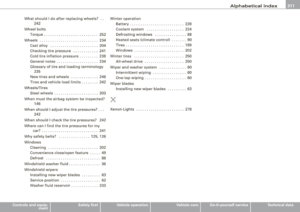 313
313 314
314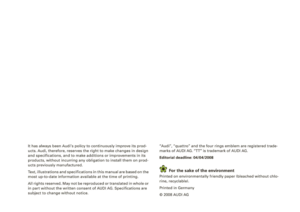 315
315






